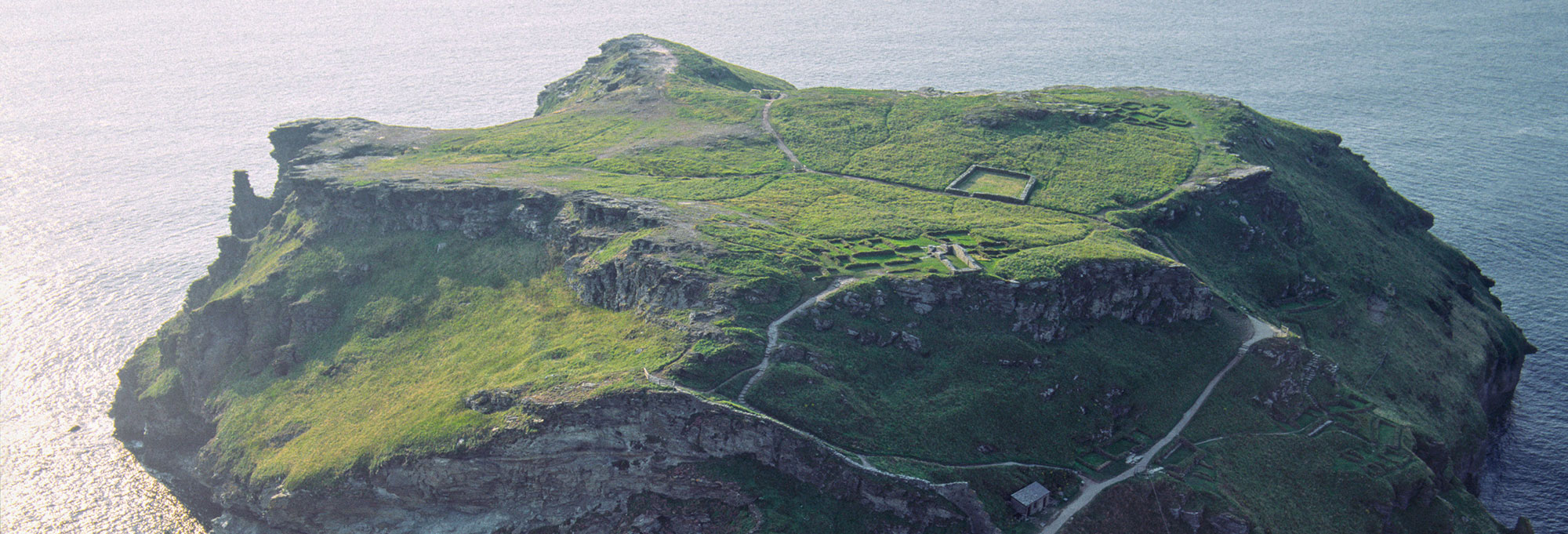Features From the Issue
-
 (Courtesy Magnus Haaland)
(Courtesy Magnus Haaland) -
Features
A Dark Age Beacon
Long shrouded in Arthurian lore, an island off the coast of Cornwall may have been the remote stronghold of early British kings
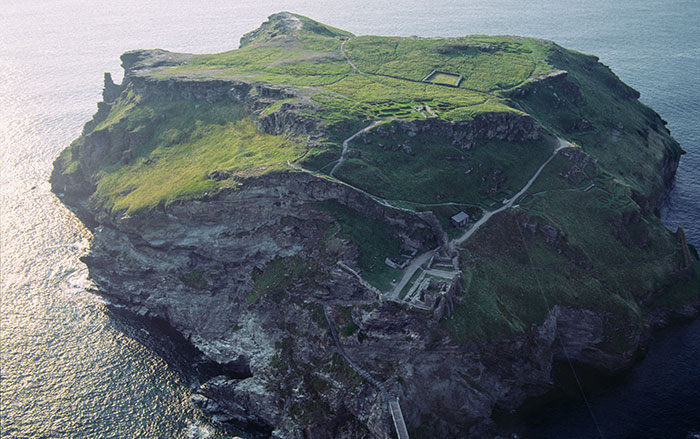 (Skyscan Photolibrary/Alamy Stock Photo)
(Skyscan Photolibrary/Alamy Stock Photo) -
Features
What Sank San Diego?
Was it a German torpedo, a mine, or saboteurs that sent this imposing World War I ship to the bottom of the Atlantic?
-
Features
The Maya Animal Kingdom
Captive big cats might be key to understanding ancient Mesoamerica’s complex network of culture and commerce
-
Features
Cambodia's Cave of Bridges
A vast mountainside cave in the midst of lush farmland conceals at least 70,000 years of Southeast Asian prehistory
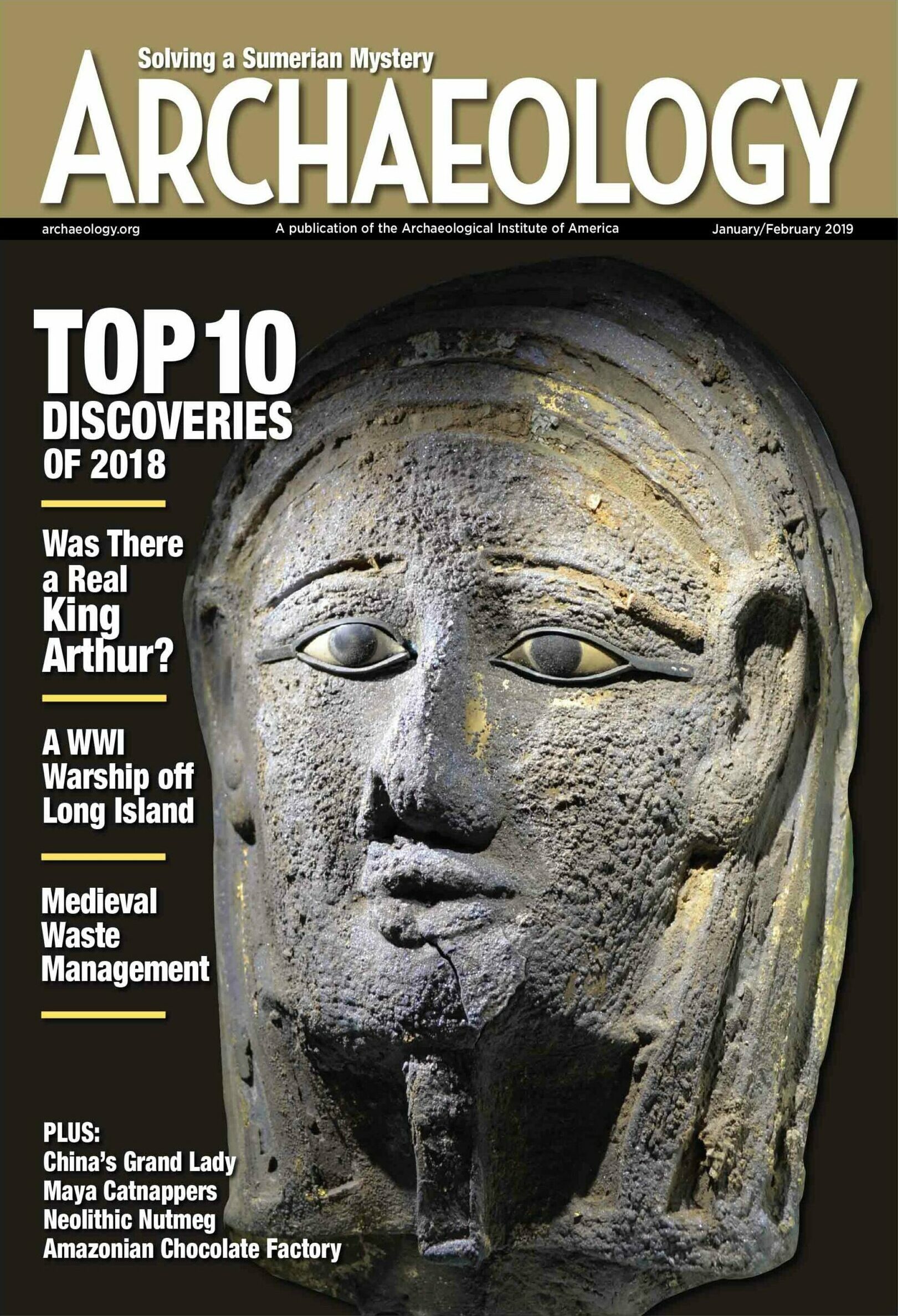
Letter from Leiden
Letter from Leiden
Of Cesspits and Sewers
Exploring the unlikely history of sanitation management in medieval Holland

Artifact
Artifacts
Neo-Hittite Ivory Plaque

Digs & Discoveries
-
Digs & Discoveries
The Case of the Stolen Sumerian Antiquities
 (© Trustees of the British Museum)
(© Trustees of the British Museum) -
Digs & Discoveries
Ancient Amazonian Chocolatiers
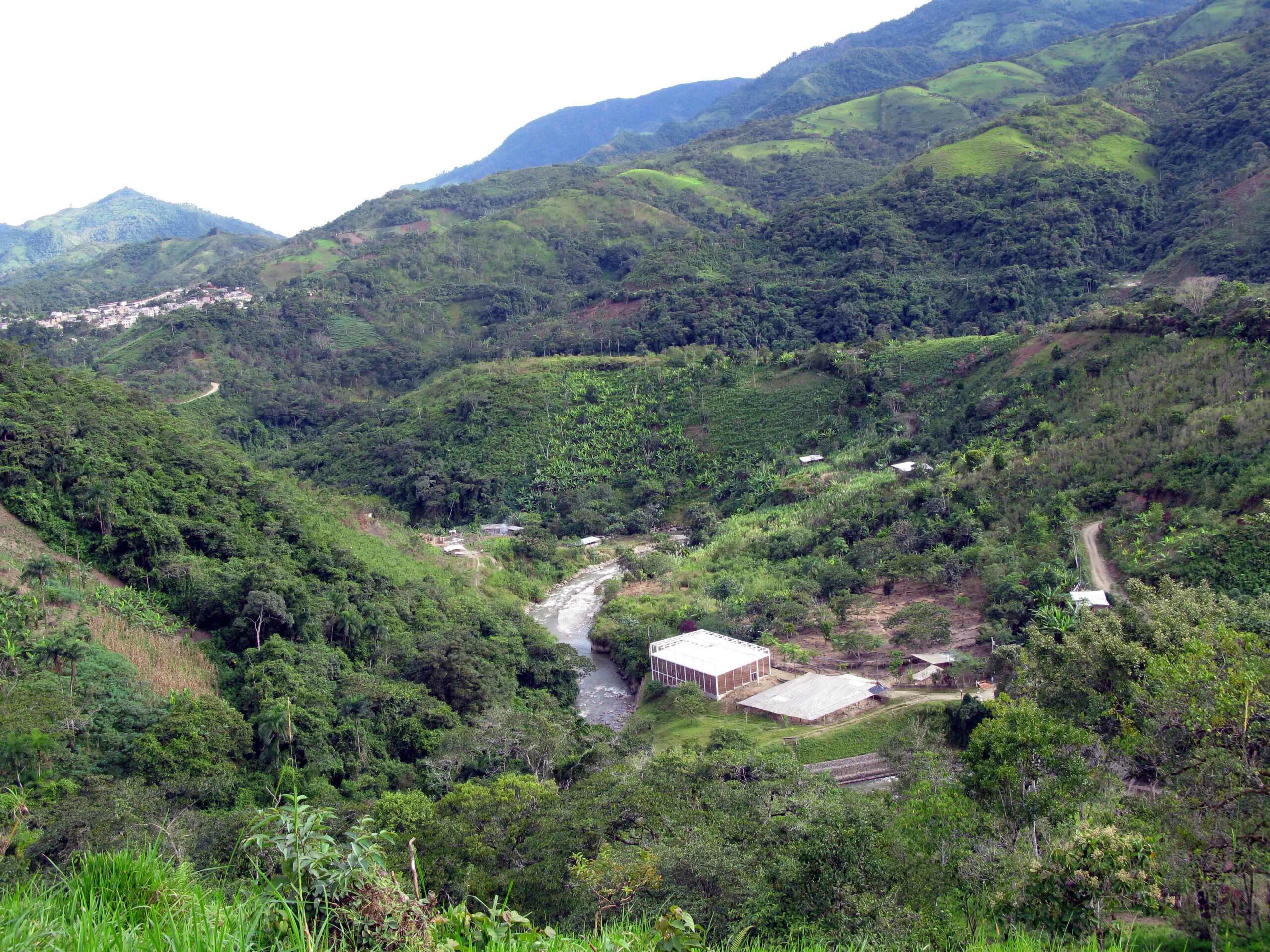 (Courtesy Sonia Zarrillo)
(Courtesy Sonia Zarrillo) -
Digs & Discoveries
Fit for a Prince
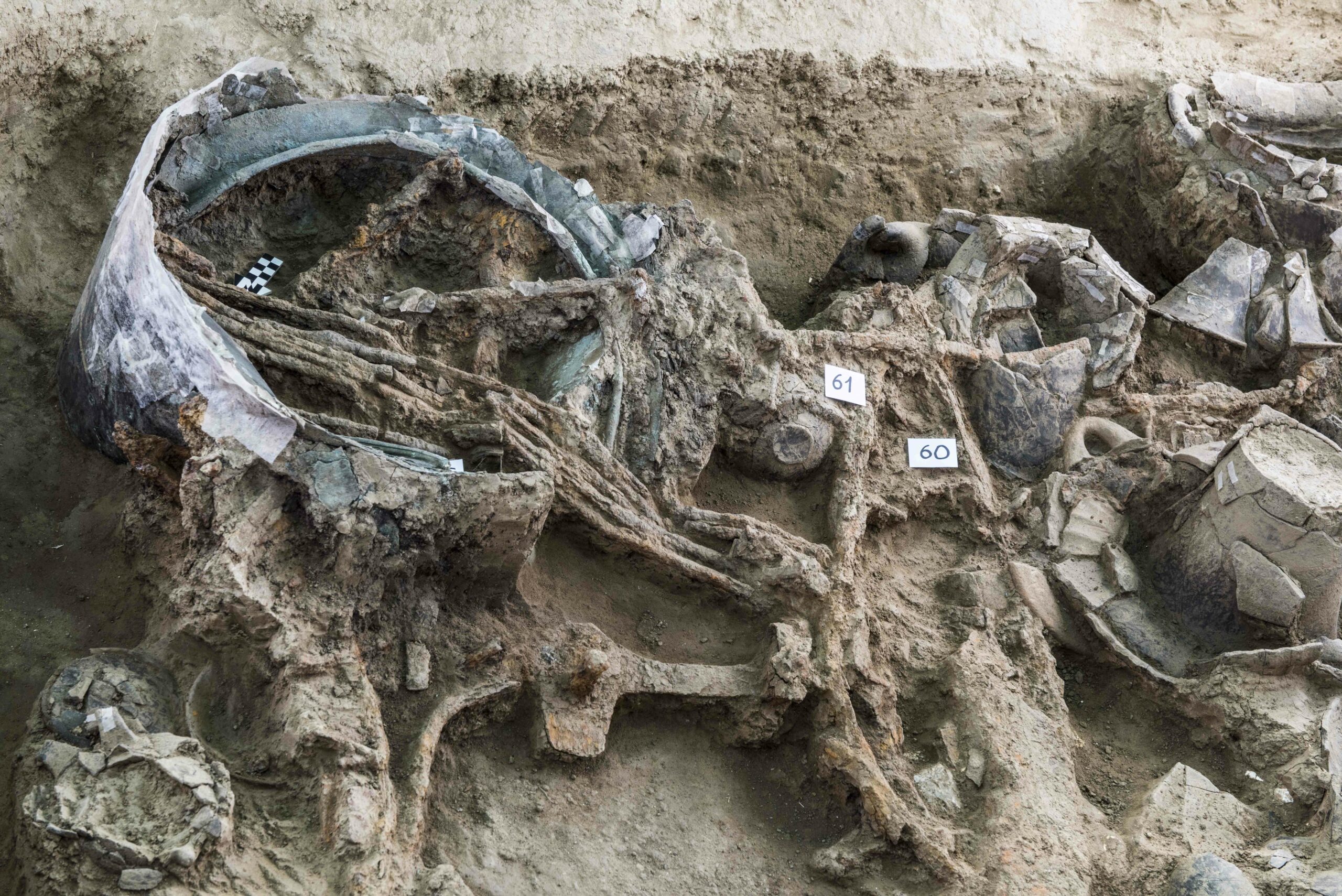 Perluigi Giorgi
Perluigi Giorgi -
Digs & Discoveries
When Things Got Cheesy
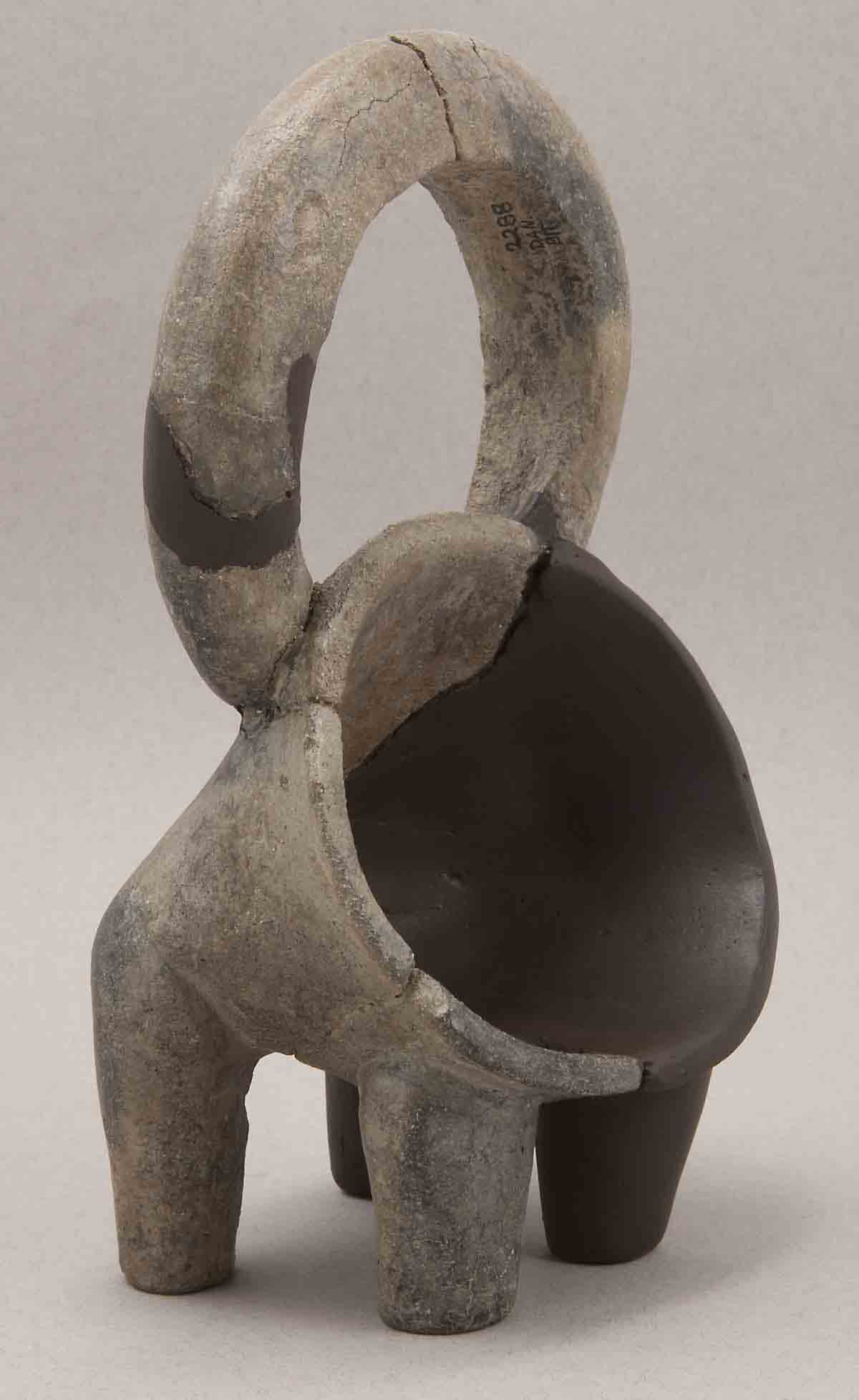 (Courtesy Sibenik City Museum)
(Courtesy Sibenik City Museum) -
Digs & Discoveries
Funny Business
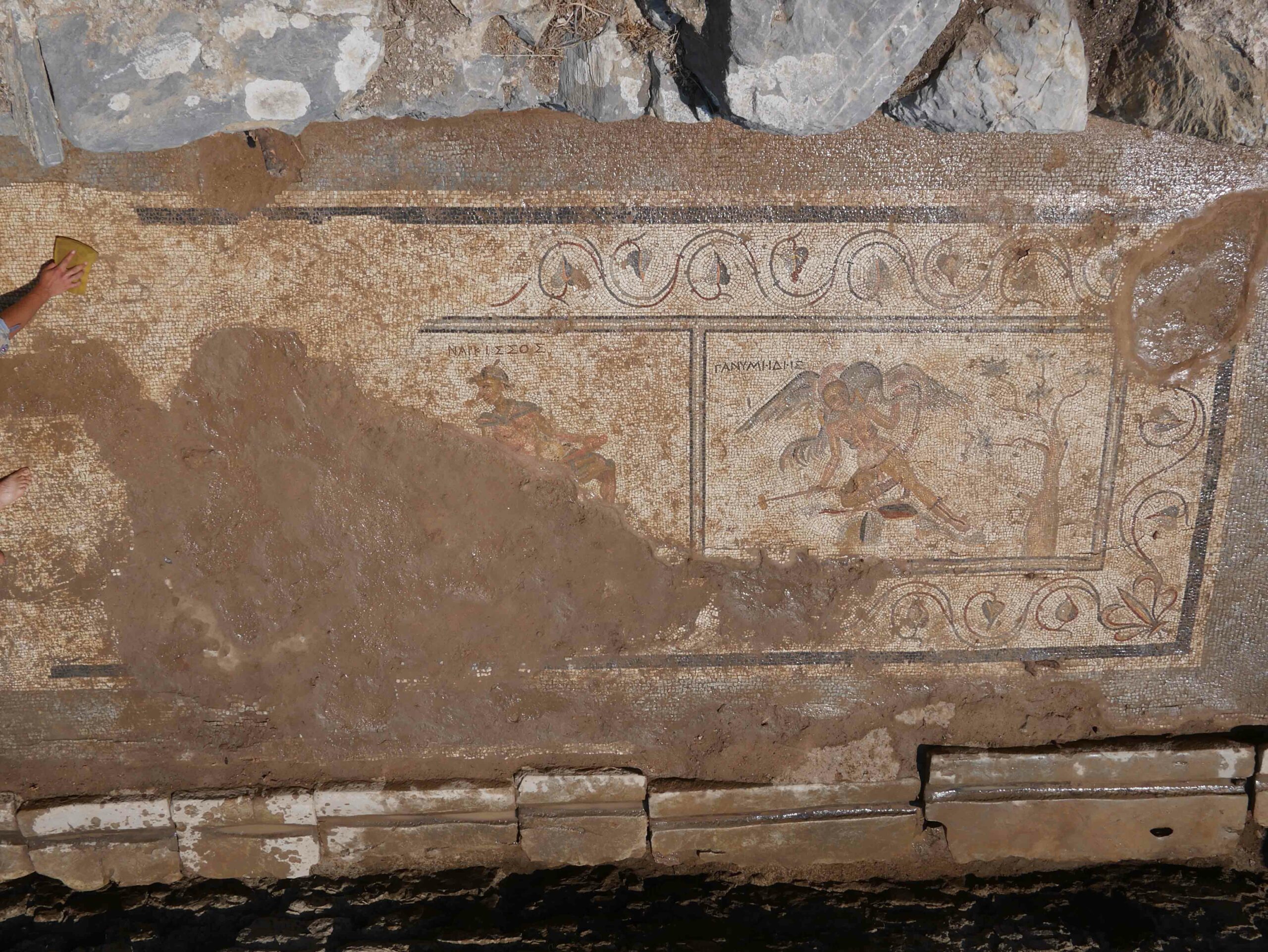 (Courtesy Michael Hoff/Antiochia ad Cragum Excavations)
(Courtesy Michael Hoff/Antiochia ad Cragum Excavations) -
Digs & Discoveries
Double Vision
 (Archaeological Survey of India)
(Archaeological Survey of India) -
Digs & Discoveries
Raise a Toast to the Aurochs
 (National Museum of Denmark)
(National Museum of Denmark) -
Digs & Discoveries
A Lost Sock's Secrets
 (© Trustees of the British Museum)
(© Trustees of the British Museum) -
Digs & Discoveries
Land of the Ice and Snow
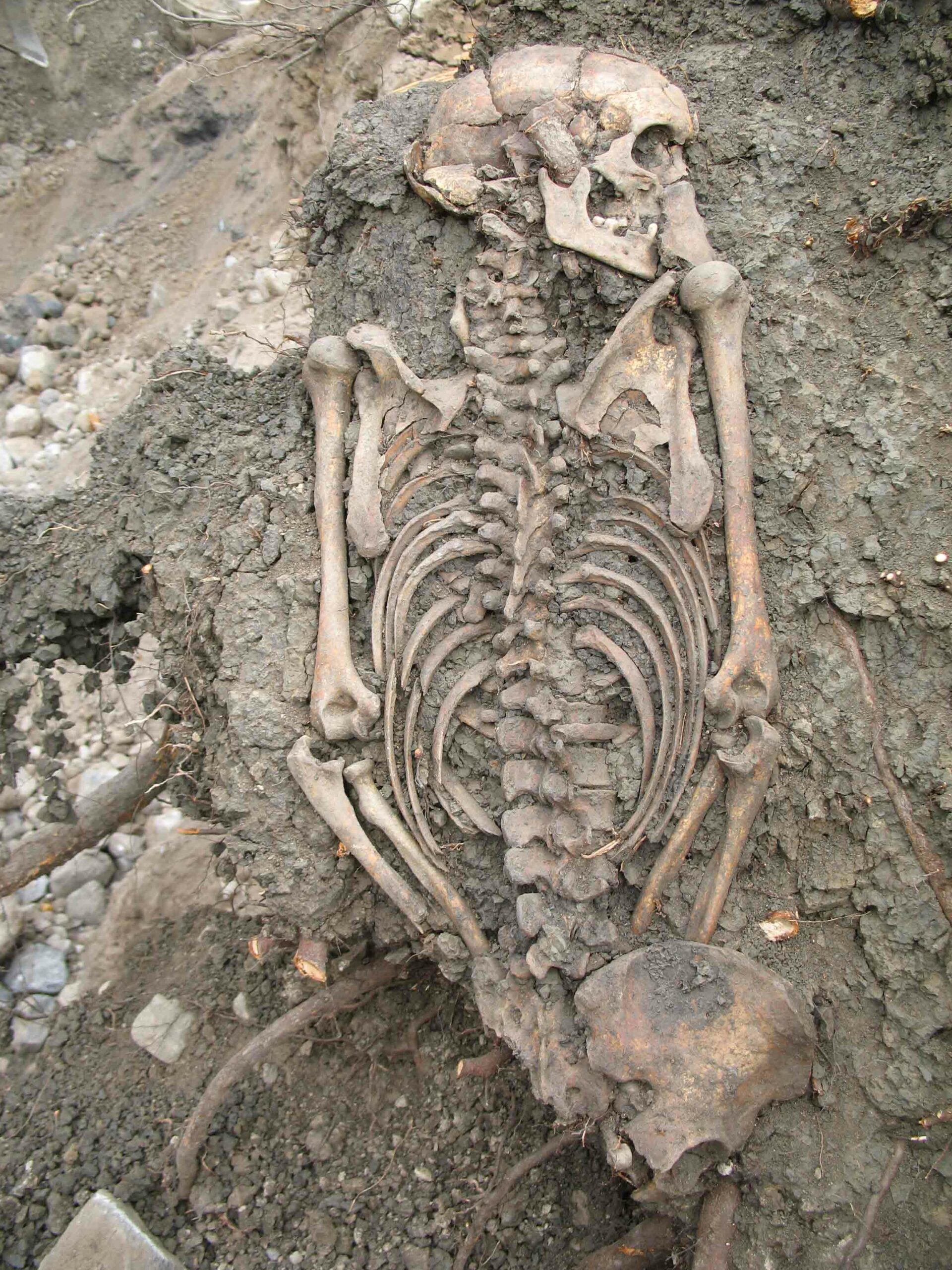 (Sigtuna Museum)
(Sigtuna Museum) -
Digs & Discoveries
Bath Tiles
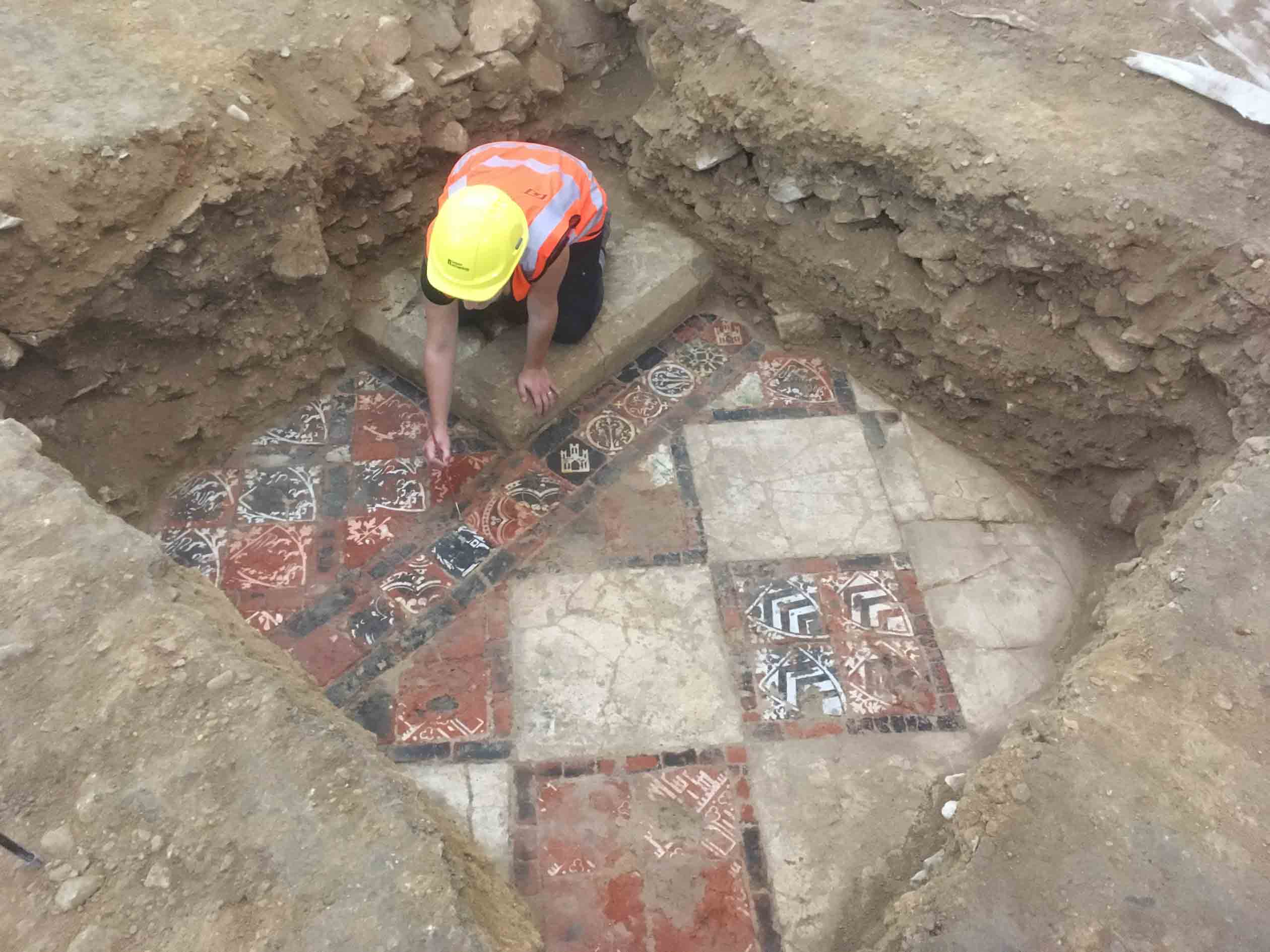 (Wessex Archaeology)
(Wessex Archaeology) -
Digs & Discoveries
India's Anonymous Artists
 (Courtesy Directorate of Archaeology and Museums, Government of Maharashtra, India)
(Courtesy Directorate of Archaeology and Museums, Government of Maharashtra, India) -
Digs & Discoveries
No Rainbow Required
 (Courtesy Foto Mibac)
(Courtesy Foto Mibac) -
Digs & Discoveries
Passage to the Afterlife
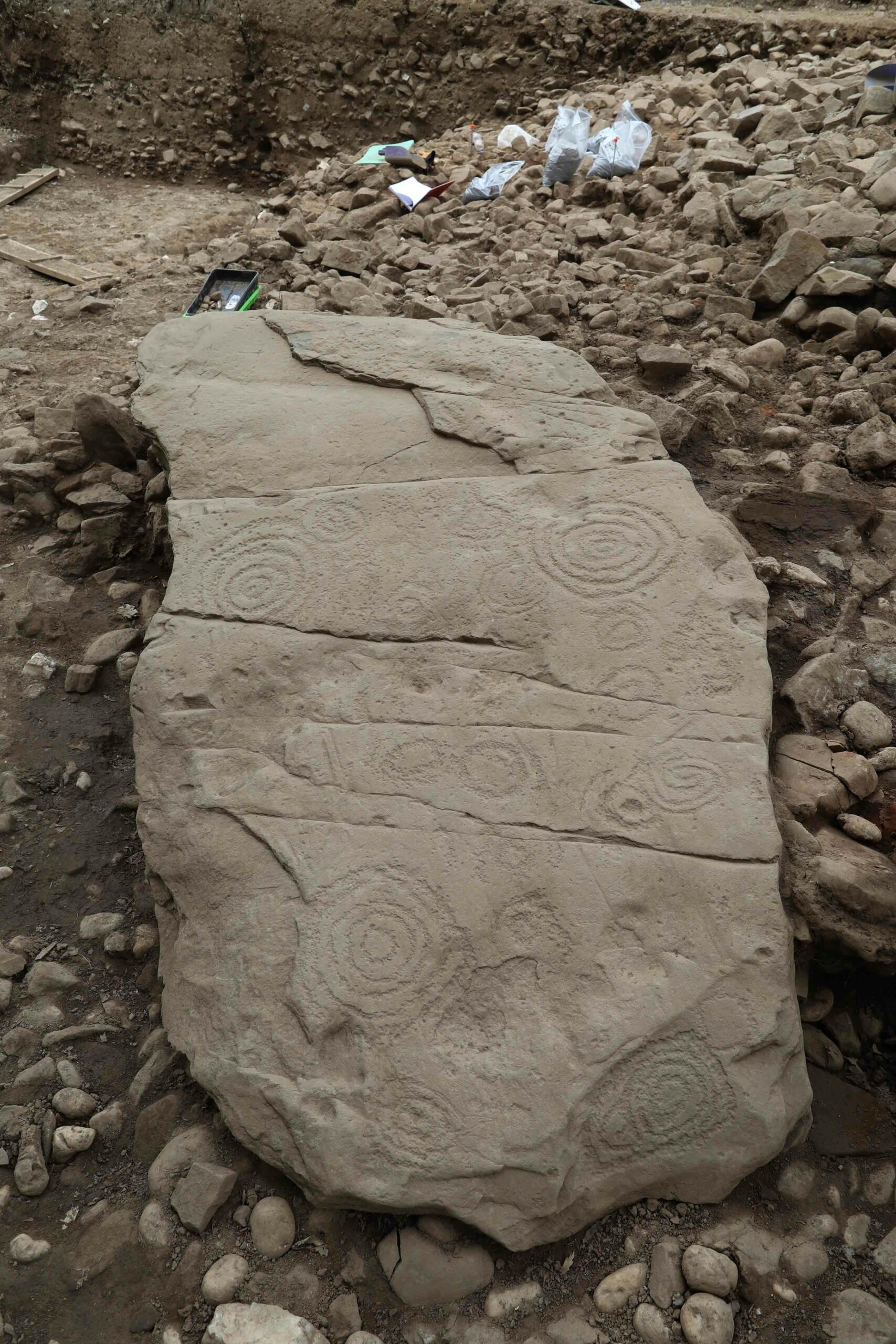 (Maxwell Photography for Devenish)
(Maxwell Photography for Devenish)
Off the Grid
Off the Grid January/February 2019
Ossabaw Island, Georgia
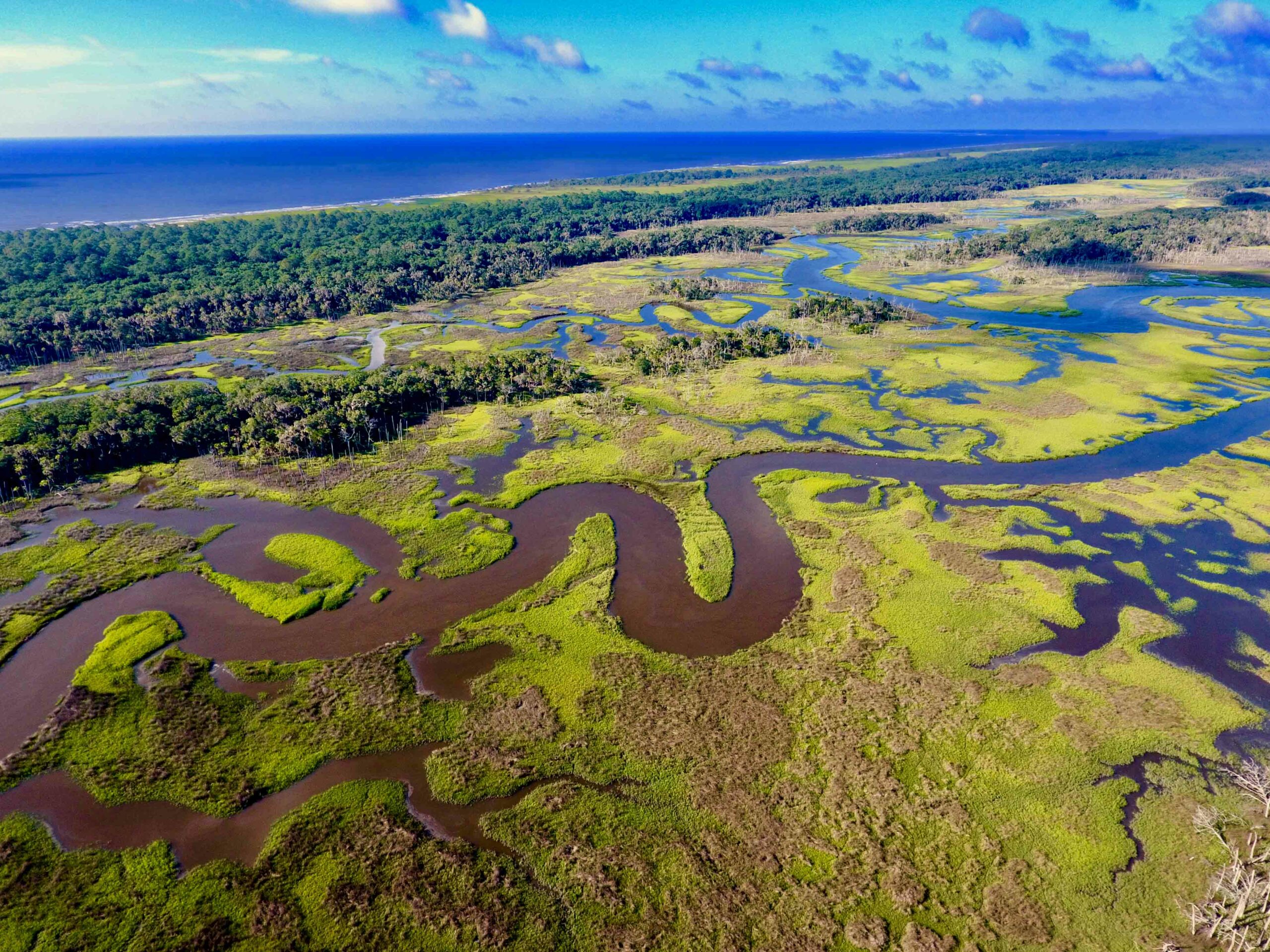
Around the World

INDONESIA

INDONESIA: Thousands of years before it became a trendy ingredient in pumpkin-flavored autumn treats, nutmeg was already spicing things up. The oldest evidence—from some 3,500 years ago—for humans ingesting nutmeg has been detected on pottery sherds from Pulau Ay in the Banda Islands. Researchers do not know whether it was being used for its fruit, as a spice to flavor food, or for medicinal purposes. But Neolithic Indonesian communities were clearly familiar with its unique properties and flavor long before it became a sought-after global commodity.

CHINA

CHINA: A 900-year-old tomb of a Chinese woman near Tieguai Village, Anhui Province, contained a fabric banner identifying her as the “Grand Lady.” Judging from her luxurious burial, she certainly merited the moniker. Her well-preserved body still bore gold and silver hairpins, silver bracelets, gold earrings, fancy robes, and embroidered shoes, and her grave was filled with more than 200 other objects. These include bundles of clothing, cosmetic tools, wooden figurines, bronze coins, porcelain bowls, and even a model courtyard house, complete with tiny furniture.
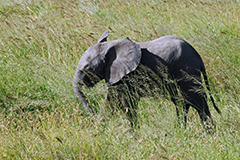
KENYA

KENYA: Africa’s savannas, such as the Serengeti, are renowned for their biodiversity and pristine nature. A new study proposes that human intervention may have been instrumental in creating these ecosystems 3,000 years ago. Soil analysis from Neolithic sites associated with nomadic herders in southern Kenya shows that dung from corralled livestock created nutrient-rich “hotspots” across the prehistoric landscape. This led to an increase in fertile grasses thousands of years ago that, even today, attract a diverse array of wildlife.


